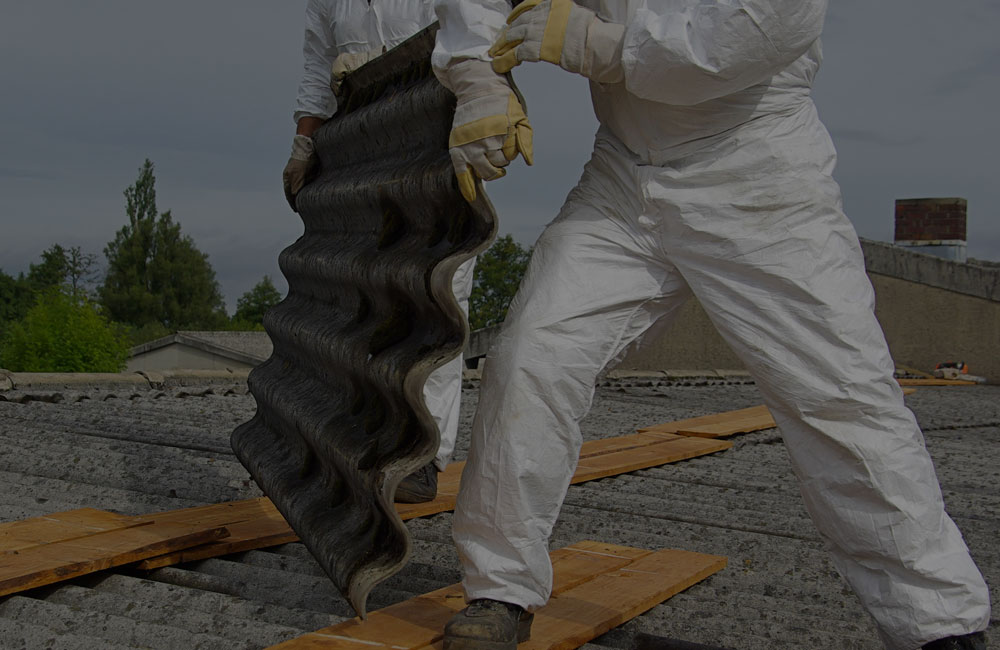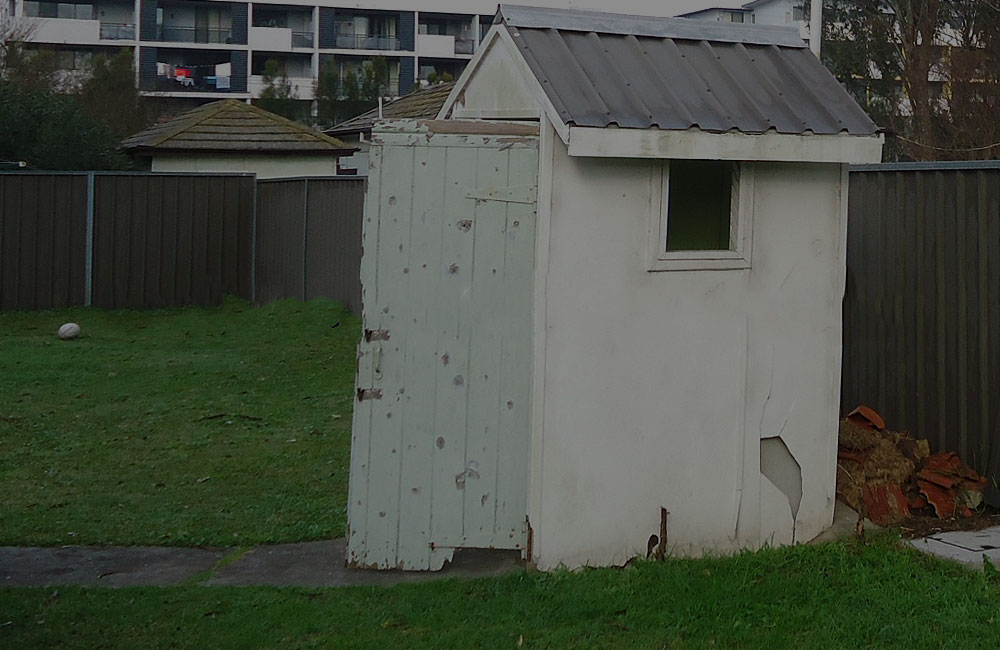
Blue Mountains Asbestos Removal
30 Years Experience
The Blue Mountains
The Blue Mountains district in the west of Sydney has played a significant role in the development of both NSW and Australia.
Development Of The Mountains Region
In the early 1800's European settlement of the Blue Mountains began with the building of major roads. From the early 1900's onwards there was a significant increase in the number of dwellings in the Blue Mountains and the number of people making it their home.
Unfortunately, the building boom was during the time when a lot of building products were being manufactured using asbestos fibres. NSW Asbestos Removal in Silverwater have been involved with the testing, demolition and removal of these building products for more than 30 years. Our central Sydney location in Silverwater means that we have easy access to the Blue Mountains.
Asbestos Testing is Vital
Asbestos could be in a variety of products that have been used in your home. For example, it is quite often found in chimney flues, roofing products, underlay for tiles and carpet, garage and shed roof's plus a whole lot more. Just because your house has been built out of brick doesn't mean that it is safe. Back in the 40's and 50's builders were using fibro in bathrooms and kitchens.
Blue Mountains Asbestos Removal
Here at NSWAR we won't mess you around. We will tell you exactly what your position is and what your legal liability is. We can then help you to legally remove the offending material and replace it with asbestos free products.
It is better to be safe than sorry. If you are concerned about the building products used in the construction of your Blue Mountains house or if you want to know how to go about removal the first thing you need to do is confirm exactly what the products are constructed from. NSW asbestos removal can come to your residence and take samples for testing. If the products do actually contain dangerous asbestos fibres we can advise you what your options are in terms of either removing or containing the particular products.
Don't risk a fine or your family's health. Call us today for an obligation free discussion about how we can help you.
Understanding the Process of Asbestos Removal
Dealing with asbestos in homes and buildings is a significant concern due to its health risks. The process of asbestos removal is intricate and requires meticulous planning and execution to ensure safety and compliance with regulations. This article aims to shed light on what is involved in asbestos removal, focusing on aspects such as removal cost, services, and safety measures.
Identifying Asbestos in Your Property and Asbestos Management
Before any removal begins, identifying the presence of asbestos is the first step. This involves hiring asbestos management professionals who can conduct thorough inspections. They distinguish between friable asbestos, which can easily become airborne, and non-friable asbestos, which is less likely to release fibres if disturbed.
The Cost of Asbestos Removal
The removal cost is a crucial aspect that homeowners and property managers must consider. This cost varies significantly depending on the type of asbestos, its location, and the amount that needs to be removed. Typically, friable asbestos removal is more expensive due to the higher risks and safety measures required.
Asbestos Removal Services and Safety Measures
Once asbestos has been identified, professional removal services must be engaged. These licensed professionals are equipped with the necessary tools and follow strict asbestos safety protocols to minimize health risks. Safety measures include using protective gear, sealing off the area, and employing air monitoring techniques to ensure that asbestos fibres do not spread to other parts of the building.
The Importance of Air Monitoring
Air monitoring is an essential part of the asbestos removal process. It involves measuring the fibre concentration in the air before, during, and after removal to ensure that it remains below safe levels. This practice helps protect not only the workers involved in the removal process but also the building's occupants and the surrounding environment.
Proper Disposal of Asbestos
After the asbestos has been safely removed, proper disposal is the final step. Asbestos waste must be transported to designated disposal sites and handled according to local regulations to prevent any risk of contamination or exposure.
Asbestos removal is a complex process that should only be carried out by licensed professionals. It involves careful planning, cost consideration, strict safety measures, and proper disposal methods to ensure the health and safety of everyone involved. Homeowners and property managers must take this process seriously and engage with reputable asbestos removal services to handle the task effectively.




